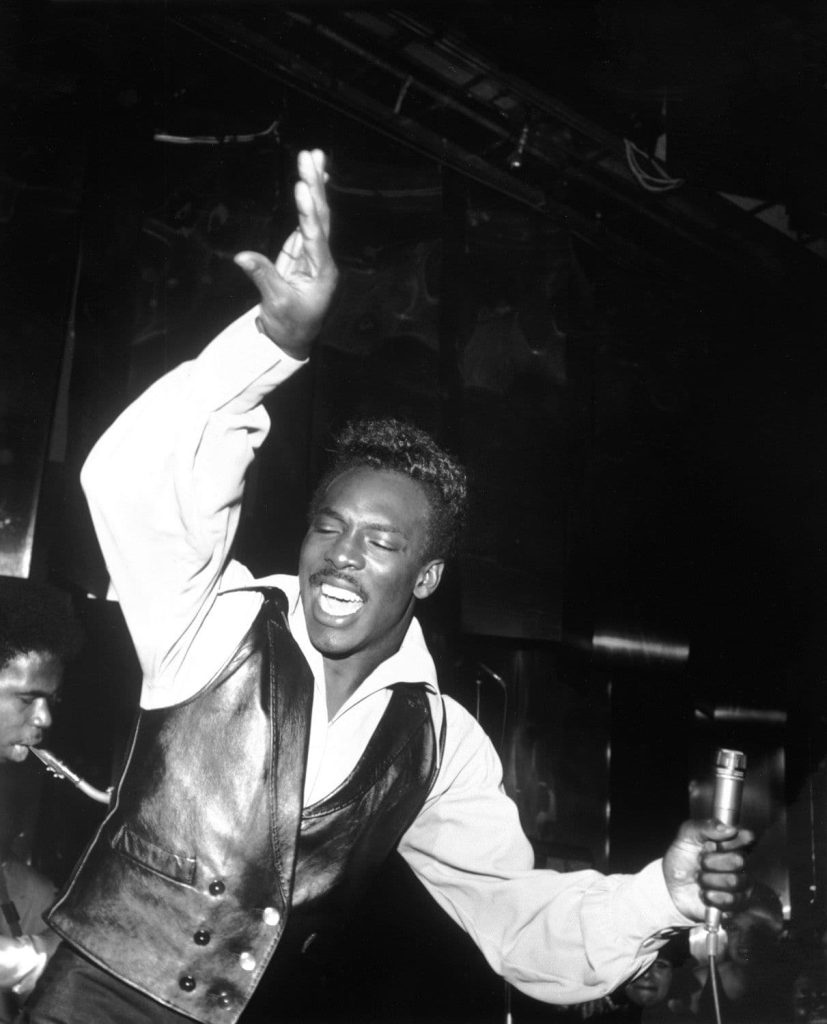
A Song About Love’s Quiet, Passionate Moment in the Stillness of Night
Back in the sultry summer of 1965, when transistor radios crackled with the sound of a changing world, Wilson Pickett unleashed “In the Midnight Hour”, a song that would etch itself into the soul of a generation. This wasn’t just a tune—it was a pulse, a heartbeat that climbed to number one on the Billboard R&B chart on August 7, 1965, and danced its way to number 21 on the pop chart. For those of us who remember, it was more than a hit; it was a late-night companion, a whispered promise under the stars. Recorded on May 12, 1965, at Stax Studios in Memphis, Tennessee, and released that June on Atlantic Records, this track became Pickett’s breakout moment, selling over a million copies and earning a gold disc. It wasn’t just music—it was a feeling, raw and electric, that still hums in the air when the clock ticks toward midnight.
The story behind “In the Midnight Hour” is as rich as the Memphis soil it sprang from. Picture this: Wilson Pickett, a fiery Alabama-born gospel shouter turned soul titan, teamed up with guitarist Steve Cropper, a Stax Records maestro, in a room at the Lorraine Motel—a place later marked by tragedy with Martin Luther King Jr.’s assassination in 1968. Together, they spun gold from a simple idea. Cropper recalled hearing Pickett sing gospel lines about seeing Jesus “in the midnight hour,” a phrase that lingered like smoke. With a twist of secular magic, they transformed it into a tale of a man waiting for his love when the world was asleep. The session itself was a live-wire affair—Al Jackson Jr. on drums, Donald “Duck” Dunn on bass, and Cropper weaving that unforgettable guitar riff—all captured in one take, no overdubs, just pure soul pouring out of a repurposed movie theater. Jerry Wexler, Atlantic’s visionary, nudged the rhythm into something irresistible, a beat that flipped the usual loud-to-soft pattern into a soft-then-loud groove that still gets feet moving.
What does “In the Midnight Hour” mean, though, to those of us who lived it—or even to those who’ve only heard its echo? It’s not about the risqué, despite what some radio stations feared with that suggestive title. No, it’s tender, almost innocent—a man longing to hold his girl tight, to look into her eyes when the clock strikes twelve. It’s the quiet thrill of anticipation, the moment when the day’s noise fades, and all that’s left is the heartbeat of two souls. For older ears, it’s a time machine—back to jukeboxes glowing in diners, to slow dances in dimly lit halls, to nights when love felt urgent yet timeless. Pickett’s voice, that raspy, pleading howl, carries the weight of every late-night confession we ever made.
Beyond its chart glory, “In the Midnight Hour”—featured on the 1965 album of the same name and later on The Exciting Wilson Pickett in 1966—became a cornerstone of soul music. It landed at number 134 on Rolling Stone’s 500 Greatest Songs list and joined the Rock and Roll Hall of Fame’s 500 Songs that Shaped Rock and Roll. Bruce Springsteen belted it out live, and even Tina Turner gave it her fire in the ’80s. For us, though, it’s personal. It’s the song that played when we stole a kiss under a streetlamp, when we drove with the windows down, letting the humid night air carry our dreams. Wilson Pickett, the Wicked One, didn’t just sing it—he lived it, and so did we, in every midnight hour that still lingers in memory.